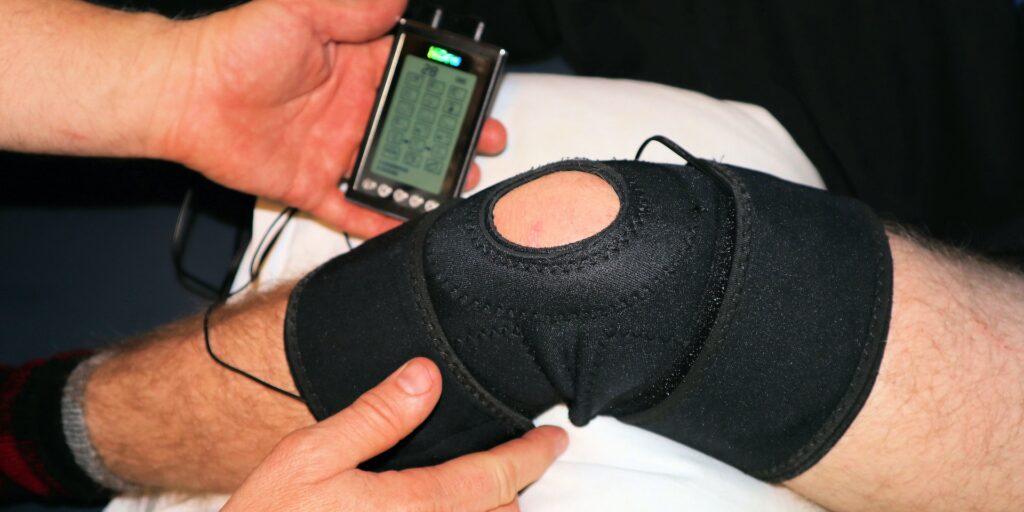- Poorly shovelled sidewalks will lead to slip and falls this winter - December 11, 2024
- Brain injuries are costly on an emotional and physical level - November 22, 2024
- Long-term disability payments could come with a tax liability - October 23, 2024
By Paul Russell, LegalMatters Staff • Ontario personal injury lawyer Joshua Goldberg says that one of the first questions prospective clients ask is how much they can expect to receive if they are successful in their legal action.
“The answer always is, ‘It depends,” he says. “I am not trying to be evasive. It is just that there are so many factors that must be considered when evaluating the value of a claim. That makes it nearly impossible to give people an accurate prediction at the start of a case.”
Goldberg, principal of Joshua Goldberg Law, says people who have been injured due to the actions or negligence of others deserve compensation, especially if their injuries prevent them from earning an income.
“Financial compensation is a necessary part of their road to recovery. We all have bills that must be paid,” he says. “In many cases, the injured party has special medical expenses such as prescription drugs or therapies not covered by OHIP.”
Goldberg says the compensation he strives to achieve for his clients is intended to return them to the lifestyle they enjoyed before the injury.
Compensation can fall short
“That can be very difficult, as no amount of money can compensate you for a permanent disability or a lingering impairment of your health,” he says.
Goldberg says some factors relevant in determining the value of any personal injury claim include:
- the type and severity of injuries;
- the person’s age and health before the incident;
- the impact the injury has on their employment, family life and daily activities;
- income/earnings before and after the injury;
- the medical treatment and rehabilitation required;
- if there are other avenues of compensation, such as insurance benefits;
- whether the person contributed to the incident that led to the injury.
“If it can be shown that your actions contributed to the accident that caused your injuries, that is called contributory negligence and it will reduce the amount you can expect to receive,” he says.
Goldberg says another factor that makes giving an early assessment very difficult is how well or how poorly the plaintiff recovers.
“We never know that when the claim is first opened,” he says
Goldberg gives these examples of contributory negligence.
- Not wearing a seatbelt while riding in a vehicle.
- Riding a bicycle at night without lights or reflective clothing.
- Jaywalking on a busy street.
“Even if your actions contributed to the events that led to your injury, you still may be entitled to damages, but not as much as compared to the other party being totally at fault,” he says.
Heads of damages
When deciding on compensation for a personal injury, Goldberg says various “heads of damages” make up a compensation settlement.
“General damages compensate you for the pain and suffering caused by the injury,” he says. “We will look at past cases to see what was awarded for similar injuries.”
Goldberg notes the Supreme Court of Canada has imposed a cap on the amount of damages recoverable for pain and suffering. That amount is adjusted each year to reflect the cost of living.
“The upper limit (slightly more than $400,000 in 2022) is reserved for the most serious injuries,” he says. “However, greater compensation is available for other types of damages, such as loss of income and future care costs.”
- Pedestrian/auto accidents spike after a return to Standard Time
- Studies show that ‘Halloween is the deadliest night for pedestrians’
- Landlords may be liable for injuries in rental properties
Goldberg says other heads of damages include:
Loss of housekeeping and valuable services. Compensation for your reduced capacity to perform household chores such as cooking or yard maintenance. You can be compensated under this head of damages even if you did not pay someone to help you complete housekeeping chores in the past.
Cost of future care. People left with mobility issues may need a wheelchair or have to make adaptations to their home, such as a stairlift or adding a bedroom on the ground level.
Past lost wages. This is compensation for the time between the injury and the settlement or trial, determined by examining your employment and taxation records.
Future loss or diminished income. Compensation for an injury that leaves you unable to return to work. This calculation also involves evaluating the number of years you have left in the workforce.
“All these factors, and others, need to be assessed when making an accurate valuation of your personal injury claim,” he says.
There is no ‘average claim’
While some Ontario personal injury lawyers state that the average personal injury settlement is between $100 to $200,000, Goldberg says that number is hard to pin down with any certainty.
“The vast majority of personal injury claims are settled out of court and there can be an agreement between the plaintiff and defendant not to reveal the final settlement,” he says. “No one can say with any certainty what an ‘average claim’ is worth.”
Goldberg urges anyone who has suffered injuries to first see a doctor, then a personal injury lawyer.
“We can review your case and give a qualified estimation of a reasonable settlement claim,” he says.

